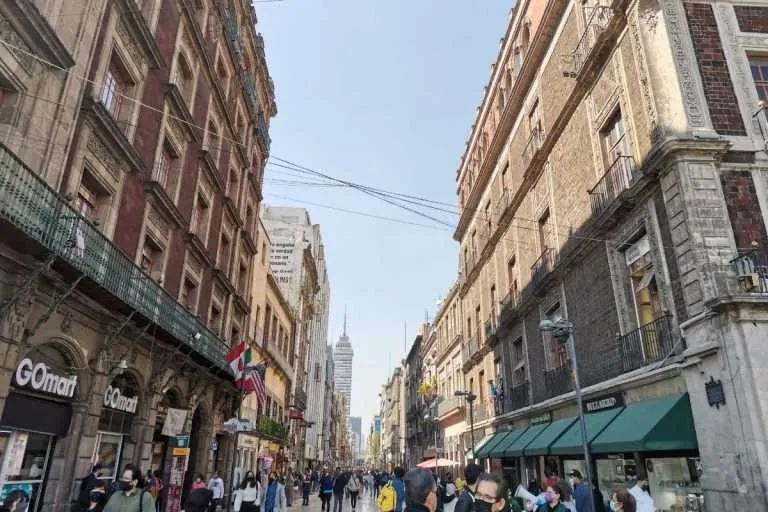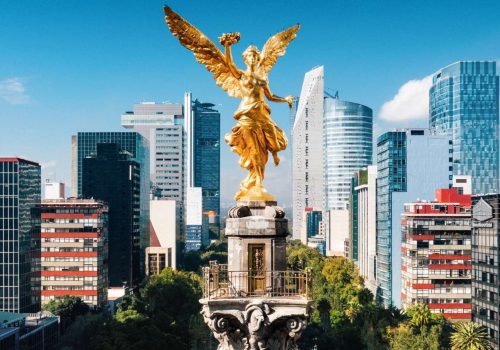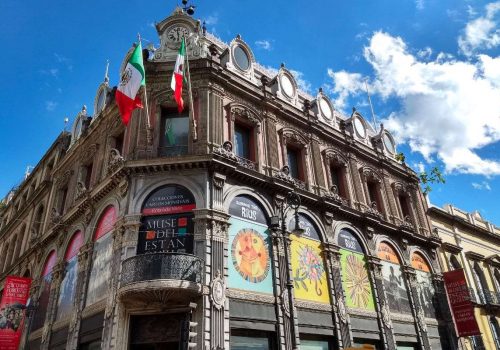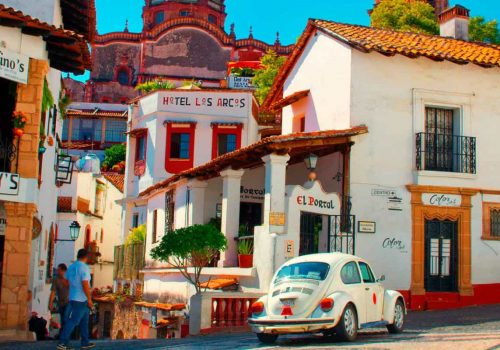Mexico City is one of the most fascinating cultural destinations in the world.
It is one of the three cities with the largest number of museums in the world, it also has a priceless historical legacy, a gastronomic offer applauded worldwide and hundreds of places to make the most of your stay in the country's capital.




